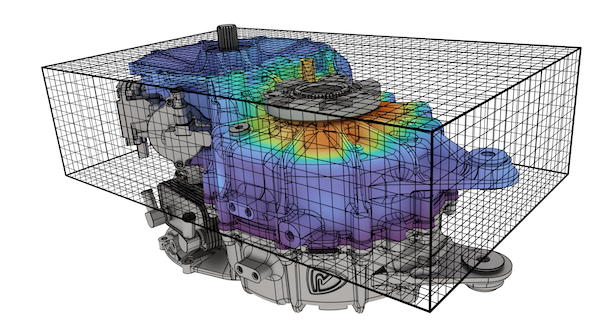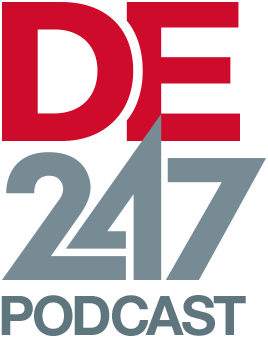View or stream online

Leadership Profile: Matt Sederberg of Coreform Discusses how Isogeometric Analysis can Improve Workflows Duration
13:22 hrs/min/sec
Subscribe today

Latest podcast episodes
- Jon Peddie on Milestone Moments in the History of CAD
- Leadership Profile: Marco Turchetto of ESTECO on How Automation can Improve Simulation Workflows
- Podcast Series: Engineer Innovation
- 2023 State of Design & Make Report Reveals Skilled Labor Shortage and Sustainability Concerns
- More podcast episodes
Latest News
February 1, 2023
In this episode of Leadership Profile, a sponsored podcast series, Matt Sederberg, CEO of Coreform, discusses the challenges presented by data interchange between traditional simulation tools and CAD platforms, how isogeometric analysis can potentially help solve these problems, and how the Coreform IGA platform leverages this type of analysis to streamline engineering workflows.
Existing simulation codes for non-linear structural behavior are based on time-consuming boundary-fitted meshing approaches. Generative design, 3D printing, and increasing design geometry and simulation physics complexity need a new approach. FEA codes typically require a lengthy and time-consuming defeaturing and meshing step to translate between the design and simulation models.
The isogeometric analysis (IGA) field has taken a more fundamental approach to simulation, comprehensively rethinking all the mathematical foundations of analysis. Coreform IGA is based on smooth splines rather than faceted elements, allowing more accurate simulation results with fewer elements.
Coreform has been conducting groundbreaking research and development, resulting in the first commercially viable isogeometric analysis (IGA) solver. Coreform IGA is a new isogeometric analysis (IGA) solver that runs directly on lattice structures, CAD, and STL files, allowing users to perform simulation directly on CAD models, making simulation faster for complex applications like 3D printing, tire treads, drop tests, and more. Coreform IGA can solve problems with significantly fewer degrees of freedom than traditional FEA solvers.
To learn more, listen to the podcast below.

Subscribe to our FREE magazine, FREE email newsletters or both!
Latest News
Related Topics






